
This story was published by The Center for Public Integrity, a nonprofit, nonpartisan investigative news organization in Washington, D.C.
While other kids enjoyed summer break, a teenager with more on her mind slipped into her only dressy jacket and traveled south to Anaheim, to a nondescript building housing the local office of U.S. Citizenship and Immigration Services.
Lithe and athletic, the girl knew she’d be less than a mile from Disneyland, “the happiest place on Earth.” But for Maria, a pseudonym, fun was a luxury she couldn’t afford that day in June.
At the tender age of 15, she faced an interview to plead, essentially, for her life — to ask for refuge from violence so chilling her family thought it better to smuggle her to the United States in the spring of 2013.
“Two years ago a friend of mine died in a very cold-blooded way. She died cut to pieces. My best friend,” Maria said in Spanish, beginning to recount what she told a U.S. asylum officer.
As she recalled the story again, Maria’s soft voice trembled, and tears spilled down her cheeks.
She said police in El Salvador asked her to identify body parts pulled from a bag dumped in a river. She recognized a birthmark on her friend’s leg. She said she also witnessed a boy shot and dragged off, after a soccer game—a boy later found hanged. And before she fled, Maria said, she’d been asking her father, a U.S. truck driver, for more and more money so she could pay murderous MS-13 gangsters $60 a month to leave her alone.
“I was traumatized,” Maria sobbed. “I still am from seeing that body split apart. That dismembered head. Those arms. … As time went by, I didn’t want to go out, or eat, or do anything. The only thing I wanted to do was to die. I told myself that the same thing could happen to me.”
After the 90-minute interview, the asylum officer told Maria she might know the outcome of her request in two weeks. More than three months later, after starting 11th grade this fall at an L.A. public high school, she was still waiting for an answer.
A test for U.S. asylum
In coming months, the American asylum system’s treatment of young people like Maria will be tested as never before — on U.S. soil and in Central America as well.
The challenge to the system’s integrity and humanitarian obligations follows an 88 percent increase in “unaccompanied minors” seized at the border this year. More than 66,000 kids traveling without parents were apprehended by the Border Patrol between October 2013 and the end of August.
News footage showed minors from Honduras, El Salvador and Guatemala simply walking up to agents to be taken in. Now a record number are expected to apply for asylum based on gang persecution, a basis for refugee status that’s becoming more common— and is a highly debated area of law.
The White House on Sept. 30 also approved a plan to allow a limited number of minors to apply for refugee status—the equivalent of asylum—from inside those three Central American countries if their parents are in U.S. with legal status, including, potentially, parents with temporary legal status.
The plan echoes in-country refugee screenings in the past inside Haiti and Vietnam. But just like Maria, who crossed the border illegally in 2013, children in home countries will face eligibility requirements for asylum refugee status that go beyond experiencing fear.
The asylum application system for minors on U.S. territory has been designed, over time, to be deliberative and compassionate, yet it is by no means a sure thing for kids like Maria.
In the court of U.S. public opinion, some have already reacted with unvarnished hostility to the flood of teens and preteens and their claims to be seeking a haven from relentless violence. “They’re going to be sucking us dry,” Cape Cod resident Mary Woodruff said, as Boston’s WBUR radio taped public debate over a proposal to shelter detained kids at a National Guard base in the popular vacation region.
Yet the public writ large seems to be conflicted. Fifty-two percent of respondents in an Associated Press-GfK opinion poll in late July said children claiming to be fleeing gang violence shouldn’t be treated as refugees in need of asylum. Yet a survey by the nonpartisan Public Religion Research Institute the same month found 69 percent support for allowing minors to stay if U.S. authorities decided it was unsafe for them to be deported.
Unaccompanied minors have an indisputable right to request an immigration hearing and seek asylum, but immigration skeptics want these kids to be treated more like adults who are subjected to rapid “credible fear” tests that can lead to their “expedited deportation.” Refugee rights advocates, meanwhile, are trying to make sure these kids — who have no right to appointed counsel — have help from attorneys.
As federal officials rush to prioritize resolution of minors’ applications, members of Congress are aggressively attacking the current asylum system as well as children’s claims they actually face mortal threats. Meanwhile, pro bono lawyers are struggling to document horrors some teens have faced — while line-level asylum officers face decisions about matters children tell them could mean life or death.
Truth about terror not enough
To win asylum, or refugee status, even children have to go beyond simply proving that they’re being truthful about terrifying experiences.
“While age should be taken into account in making the persecution determination,” says an asylum officers’ training guide, “not all harm to a child, including physical mistreatment and detention, constitutes persecution.”

The Department of Homeland Security declined a request to speak with an active asylum officer. But Christopher Manny, a former asylum officer in Chicago and Miami, explained the constraints of the law.
“As traumatic as it is seeing your friend or family member executed by a gang for refusing recruitment or refusing an extortion demand,” Manny said, “generally speaking that would not be considered grounds for a refugee definition.”
Officers must also be convinced, Manny said, that children’s suffering had a “nexus,” or was rooted in a persecutor’s intent to harm them because of one or more of five reasons: religious or political persuasion, race, nationality or because they belong to an identifiable “social group” that’s persecuted and unprotected.
Since minors, like adults, have no right to the appointment of counsel in deportation or asylum proceedings, they largely depend on nonprofit and pro bono attorneys who often need crash courses from colleagues because they’ve never studied asylum law.
State bar associations have put out calls for members to volunteer — beginning with initial appearances the kids make before immigration judges. Kids are also showing up for help at advocacy groups like Los Angeles’ Esperanza Immigrant Rights Project, Chicago’s National Immigrant Justice Center and Washington D.C.’s Capital Area Immigrants’ Rights Coalition, among others.
Kids in Need of Defense, a nonprofit in the nation’s capital, is scrambling to match Central American minors with counsel from a pool of 8,000 potential pro bono lawyers nationwide that the group has developed at law firms, corporations and law schools.
In September, as part of the budget process, Congress rejected a White House request for $64 million to hire more immigration judges to clear backlogs that delay cases for years and to provide other legal support, including $15 million in direct representation for kids.
The Justice Department, though, is pressing ahead with $1.8 million in grants to groups to bolster legal representation for kids under 16. The Department of Health and Human Services, which runs shelters for the minors, announced in late September that it’s providing $9 million in grants for two years to fund nonprofit legal aid groups that provide counsel.
It’s unclear exactly how many kids will get counsel, but it can clearly make a difference. A recent analysis of a decade’s worth of immigration court records showed that 43 percent of about 100,000 juveniles in the courts had counsel. About half of those kids were ultimately allowed to stay for various reasons, asylum among them. Only one in 10 without counsel was successful, according to researchers at Syracuse University.
“An attorney is so, so central,” said Lisa Frydman, managing director of the Center for Gender and Refugee Studies at the University of California Hastings College of the Law.
“How does a child begin to understand what kinds of evidence they have to put together,” Frydman said, “or begin to understand what the definition of a refugee even means?”
Comprehending the intricacies of the law is just one challenge; lawyers also face the daunting task of figuring out how to gather statements and relevant evidence from foreign countries where people are often terrified to hand over records.
Under current federal law — laws some in Congress now want changed — minors who arrive on their own must be released from Border Patrol custody and placed in shelters within 72 hours. They receive basic child-friendly legal briefings. And if they are from “non-contiguous” countries, like those in Central America, they must be given a date to appear before an immigration judge before they can be deported.
If a child decides to seek asylum, immigration judges transfer their cases for judgment to the U.S. Asylum Office system, which is part of the Department of Homeland Security.
If asylum officers don’t subsequently find children eligible for asylum, their cases return to immigration courts, where they can again argue for asylum in a hearing that can be more adversarial, with a government attorney cross-examining them.
Sorting it out
As images of minors crossing the border began to dominate news programs and talk shows, the issue quickly morphed into a political football laced with confusing accusations and misleading statistics.
Between October and the end of June, more than 1,500 asylum requests were filed by unaccompanied minors. They added up to only 4 percent of all asylum applications nationally during that time. But minors’ requests did more than double in less than a year. By the end of June, about 2,180 cases — including Maria’s, in Anaheim — were pending resolution nationwide, according to data provided by U.S. Citizenship and Immigration Services.
During the first nine months of the 2014 fiscal year, 65 percent of kids interviewed by asylum officers were granted refuge — a rate criticized as excessive in a widely covered press release issued in July by House of Representatives Judiciary Committee Chairman Bob Goodlatte, a Virginia Republican who opposes federal expenditures on counsel for unaccompanied minors. He declined to comment further.
Goodlatte’s July release alleged that too many kids were being rushed to undeserving asylum status on the basis of “proven or possible fraud,” citing an internal report from the Department of Homeland Security.
What the release didn’t say was that the overall numbers of kids approved during that time frame was modest: just 108 minors.
About 60 other cases were sent to immigration judges for what amounts to an appeal. Thirty-eight additional cases were closed for reasons that included failure to appear. Only two of the 108 minors approved were new arrivals who came in during the nine-month time frame; the rest were kids who had arrived earlier.
U.S. government reports on brutal gangs
In that recent nine-month period, some 90 percent of the kids interviewed by asylum officers were represented by counsel. On average, up to now, most minors have taken more than 300 days to file formal application forms. Because kids are kids, and are frightened, lawyers say, it can take weeks, even months, to fully understand what happened to them.
Asylum officers attempt to resolve cases within a few months of receiving an application. Kids’ lawyers say the process is accelerating now that the Department of Homeland Security, the umbrella agency handling border and immigration matters, has made minors’ cases a priority.
To help frame minors’ stories, lawyers say they routinely submit, with applications, U.S. government reports acknowledging the pervasive, brutal control organized-crime rings now exert in Central America.
In 2012, the U.S. Treasury Department designated the notorious MS-13 gang — which Maria said preyed on her — as a “transnational crime organization” involved in global narcotics smuggling and other crimes. A U.S. State Department report also warned in 2006 that kids as young as 8 were targets for gang recruitment, extortion and retaliation in some countries.
Honduras, El Salvador and Guatemala have some of the highest per capita murder rates in the world.
A Congressional Research Service paper issued in July took note of a United Nations survey of about 400 Central American minors in U.S. custody in the fall of 2013. About half said they had experienced “serious harm or threats by organized criminal groups or state actors,” references to gangs and to corrupt police.
But these claims are controversial. San Diego-area GOP Rep. Darrell Issa, chair of the House Committee on Oversight and Government Reform, downplayed the role of gang violence in creating the recent surge among children.
“What you’re seeing is a flood of illegals coming here prepped to say whatever they need to say to get to stay here because the President of the United States has told them, in no uncertain terms: If they get here, he won’t enforce the law,” Issa said at a June congressional hearing. Reports of “cheat sheets” composed by smugglers hired by parents fueled the idea that kids were making stories up.
Maria said it was her idea in 2013 to flee El Salvador, not her father’s, and she implored him to help her.
“The majority of my friends that have stayed in El Salvador are terrified. Some tolerate beatings; others, threats. Others are in the gangs now. Waiting to see when it’s their day to die,” Maria said, her voice shaking.
“It’s a country where no one can even play safely, nor think. Nothing,” she said. “The police are dominated by the gangs. You go to complain about a gangster and a little while later, they know about it.”
Lawyers have argued with mixed success that girls who face rape and servitude to notorious criminal bands in Central America constitute a persecuted social group.
They’ve also argued that kids who resist gang recruitment and face brutal retaliation are a social group, along with kids who witness crimes where police are either incapable or too corrupt to protect them from retaliation.
Lawyers for Maria at the Esperanza Immigrant Rights Project submitted a legal memo arguing that the teenager is a witness to crime who requires protection because she is vulnerable to retaliation.
Patricia Ortiz, Esperanza’s managing attorney, is confident that the kids whose cases she’s taken are truthful.
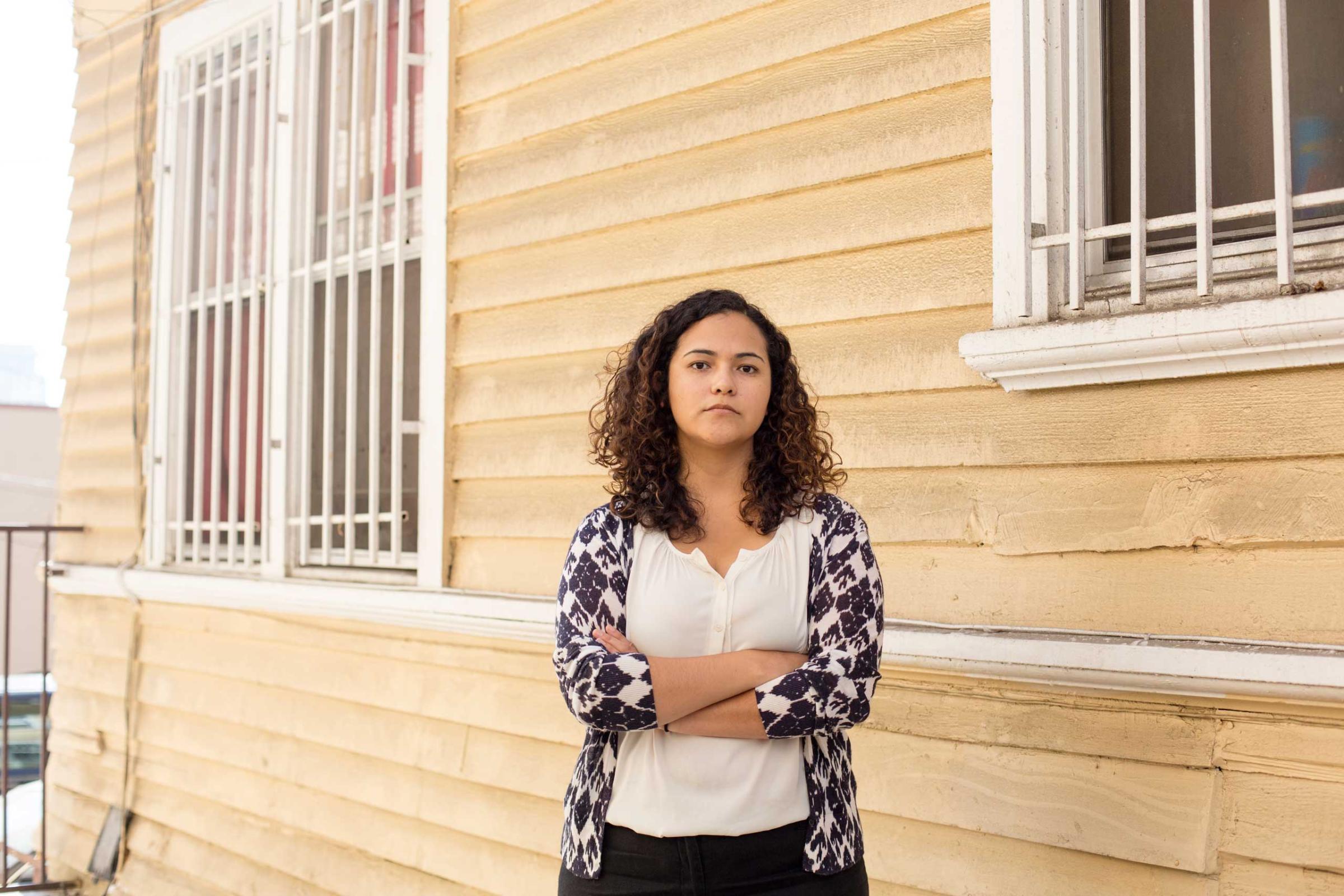
“Just because all of them are telling similar stories does not mean that they are lying,” she said. “It just means that they’re living in a country where they are not safe, and they’re in a country where they can’t walk out into the street without being afraid of being murdered or hurt or facing some kind of harm.”
Former asylum officer Manny said officers are trained to spot stories that raise suspicions. They receive bulletins if details in multiple applicants’ stories seem oddly similar.
“What to look for,” he said of children, “is basically the consistency of their testimony, whether they seem like they believe it or whether they seem to be speaking vicariously through someone else.”
Gang refusal a reason for asylum?
The outcome of a case may also depend on how higher-level federal courts have ruled on asylum cases.
In 2012, the U.S. Court of Appeals for the Fourth Circuit, based in Richmond, Virginia, upheld an immigration board’s denial of an asylum claim based on arguments that young Honduran males who had refused to join a gang — and reported harassment to police — were a distinct persecuted group.
Opposition to gangs and resisting recruitment is too much of an “amorphous characteristic,” the court said, for determining group membership.
But in 2013, the Ninth Circuit, based in San Francisco, reversed an asylum denial for a young girl based on arguments she lacked status within an obviously persecuted social group.
The case involved a 12-year-old who had testified in open court in El Salvador that she saw gang members assault her father and heard shots that killed him. She also said she was threatened for testifying and fled to the United States.
Her case had previously reached the Board of Immigration Appeals, the BIA, the highest review body within the immigration system. The BIA rejected the argument the girl, as a witness to crime, met the threshold of “social visibility” needed for a social group argument.
The Ninth Circuit disagreed, finding that witnesses to crimes were a distinct social group, even if they were not visible to “the naked eye.”
In Chicago this summer, lawyers for a 15-year-old from Guatemala framed his asylum bid by describing him as a member of two social groups: minors who resist gang recruitment and kids who are witnesses to crime.
Francisco, as he asked to be called, came north more than a year ago and was interviewed by an asylum officer in August. His voice still sounds like a young boy’s.
In detail, Francisco recounted what he told an asylum officer. Gangsters gave him and a friend messages warning them to join up, or die. Francisco’s friend mocked the gangsters, who were also children, when he tossed a written message he’d been given to the ground. His friend was shot in an ambush on the street that sent Francisco running for his life. “I saw a bullet hit near me,” he said.
Francisco said he spoke to a police detective at his friend’s wake, and he and his mother tried to shield themselves from reprisal by moving. But Francisco said hoods younger than he found them, and his father in Chicago, fearing his son would be killed, arranged to have him smuggled up to the United States.
The asylum officer asked Francisco details about various parts of his story, and showed particular interest in his interactions with the detective and concerns about retaliation, the boy’s lawyers said.
The social group “rubric” is one of “the most common types of asylum claims nowadays — and it’s also one of the most complex,” said Ashley Huebner, managing attorney of the National Immigrant Justice Center’s Immigrant Children’s Protection Project, which represents Francisco.
Huebner said she can’t imagine minors without lawyers trying to sort out what parts of their story are more relevant than others. Former asylum officer Manny agreed. “An attorney’s brief can shed light on a lot of things that may not be expressed clearly by the child.”
Huebner said she doesn’t expect an answer on Francisco’s request for months.
Lawyers’ quests to find documents
Gladis Molina, a nonprofit attorney in Phoenix, Arizona, said she feels an awesome responsibility taking on kids’ cases. But she says she’s also had to turn away kids whose stories simply don’t meet the threshold for asylum or some other type of relief from deportation.
A first-generation Salvadoran-American, Molina, 34, manages the children’s program for the Florence Immigrant and Refugee Rights Program. Her father left El Salvador during its bloody civil war in the 1980s and received amnesty in 1986, during the Reagan administration.
She warns her clients that they must expect “for their story to be turned upside, downside, inward and outward because you get asked so many details.”
Some kids’ stories are so horrible, Molina said, she weeps as she listens. She’s also had agonized clients call her in the middle of night and say, “Lawyer, I don’t feel like living anymore. Life is just not worth living. I’m not happy. I feel lonely.”
Molina recently prepared a complex case on behalf of a Salvadoran girl, who was 17 when she filed her application. She recently turned 18. In mid-September she underwent an interview with an asylum officer for 2 ½ hours.
The girl claims she was raped by a gangster in what may have been an initiation rite. The girl’s mother, who lived in Fresno, California, is now deceased. The young woman came north to join relatives, was detained and is now terrified to return to El Salvador because the alleged rape was reported to child-welfare services. The rapist is in jail, but like many behind bars in El Salvador, the girl says, he has the ability to order a hit on her.
Up until the girl’s interview, Molina was trying to get child-welfare records from El Salvador to bolster her argument that the girl qualifies as a member of a social group — women exploited by gangs — who would face deadly retaliation if deported.
“I want those records,” Molina said.
Molina and another attorney called and emailed a child-welfare administrator and were told the girl would need to give someone in El Salvador power of attorney to release the records. Molina tried her own family connections as well to see if she could get someone on the ground to get the documents.
“I remembered that a cousin of mine knew a doctor whose wife worked for the government agency that oversees real estate taxation,” Molina said. “So I sent her an email and said, ‘I’m an American attorney. You don’t know me, but my cousin knows your husband. Can you please help me get these documents?’ ”
If her client is rejected by the asylum officer and has to go on to an immigration court hearing, Molina said, she intends to redouble efforts to get the records.
Asylum officers will not reject a child’s claim solely because adults failed to generate documentation of abuses. But officers can ask to see certain documents, and lawyers must provide a reason, in writing, why records could not be obtained.
If you can obtain them, Molina said, records can show that a child’s terrible story is “in fact what happened and not something that she’s just conveniently recounting in America to avoid deportation.”
“An unbelievable story”
In 2009, Damion Robinson was just two years out of the University of California at Los Angeles’ law school and a young L.A. business attorney when his firm took on an asylum case, pro bono, that required extraordinary effort — and money — to pursue, and ultimately win in November 2010. Robinson led the effort, and among the key pieces of evidence he chased down was a trove of records related to a Guatemalan girl’s story of sustained abuse at the hands of a local crime boss.

Robinson got involved when Kids In Need of Defense, or KIND, approached the firm he worked for at the time, Sullivan & Cromwell LLP. The firm enthusiastically embraced the case as a pro bono service, Robinson said.
Today, at 31, Robinson handles clients that run the gamut from start-up companies to Fortune 500 firms at Van Vleck Turner & Zaller, also in L.A. He’s eager to represent another minor.
“It was hard to say no, frankly,” the Seattle native said when he began to gather facts about the Guatemalan for what turned out to be a nearly 18-month case.
A Spanish-speaking female assistant helped Robinson slowly unravel the history of the girl, who was living with a relative in L.A. after release from a shelter. At times, Robinson would have to leave the room to let the girl first disclose privately to the woman assistant details of being repeatedly raped, held captive, giving birth at 14, held captive again and beaten and threatened with weapons.
“Her story was unbelievable in a way,” Robinson said. “It was just something I couldn’t even imagine happening …. There was a long, long history of sexual assault and violence, physical violence, against her that was just horrifying.”
The girl said she was first kidnapped by an older man when she was 12 years old. She said the man ran a gang with impunity in a small city. Robinson was amazed to learn that the girl’s mother had persistently filed criminal and civil complaints and obtained restraining orders that local justice officials did not enforce.
The girl’s mother finally sent her daughter out of Guatemala with a smuggler to remove her from the clutches of the man.
A tale that initially felt like it might be exaggerated became vividly real after Robinson and others labored four months to track down copies of the civil and criminal complaints and restraining orders.
“In the U.S., you would just call the clerk and have them send over the court records,” Robinson said, spreading on a table copies of documents in Spanish emblazoned with official stamps.
It was a struggle, he said, with some hired hands demanding exorbitant rates — and then failing to come through. His firm eventually spent at least $9,000 locating and hiring various law groups and services in Guatemala that work to retrieve documents from archives and agencies.
His teen client, he said, “wouldn’t have been able to pay to have that happen. And I think it was pretty instrumental to our case to have those records and have that proof, rather just being her word about what happened.”
And Robinson ultimately went even further.
At the suggestion of Kids In Need of Defense, he contacted Patrick Atkinson, an American who works with exploited minors in Guatemala. Eventually Atkinson, who runs a children’s welfare group called God’s Child, flew up on his own dime for the girl’s hearing in 2010.
Robinson’s client turned 18 after filing for asylum. At that time, the assigned asylum officer said the law didn’t grandfather her into the asylum office as a minor — it would now — so her case was sent back to a judge.
She ended up having a trial-like hearing, testifying for more than two hours with a government attorney opposing her claim for asylum. At one point, Robinson said, the government lawyer argued that the restraining orders showed law enforcement was capable of protecting the girl back in Guatemala.
Atkinson, the expert witness, said he testified at the hearing because he was convinced the gangster would have seized the girl immediately had she been deported back and killed her with impunity.
“The mother did a number of reports about rape, about assault, about domestic violence, and the police reports are there,” Atkinson said. But it’s common, he said, for authorities to be frightened into doing nothing.
“There’s different ways of blackmailing the judges and the police,” he said. “Fear is by far the most powerful.”
That’s the kind of scenario that frightens the Salvadoran girl Maria and her father, who asked to be called Miguel.
Miguel has lived and worked legally in the United States since 2001. That’s when natural disasters that devastated Central America led to the U.S. government to grant temporary protected status, still in effect today, to undocumented immigrants from the region: about 212,000 Salvadorans and 64,000 Hondurans.
Miguel speaks fluent English now and has a good job driving long-distance trucks. His temporary legal status provides stability. But it’s officially temporary. And it didn’t allow him to rescue Maria from El Salvador by sponsoring her to come here legally.
Miguel felt Maria was at risk for being killed in El Salvador, and he feared the local thugs extorting her would demand ever-increasing payments until he simply couldn’t afford it.
So he scraped together $7,500 with help from family and paid it to a smuggler to get Maria out. He didn’t intend for her to get caught. But he was overjoyed when a Border Patrol agent called and said she was in custody after a harrowing raft ride over the river in Texas’ Rio Grande Valley.
Maria spent months in a U.S. Department of Health and Human Services-run shelter in Houston, Texas, after her detention. Then she was transferred to a foster family in Los Angeles while federal officials vetted Miguel.
Now father and daughter live together in a South Central Los Angeles bungalow, where they’re getting to know each other. He always had a long-distance relationship with her but left when she was an infant. Maria’s mom is in El Salvador. Miguel has a new wife and a young son in Los Angeles.
To strengthen Maria’s asylum claim, attorneys were able to persuade teachers and a pastor in El Salvador to provide written statements about her character and history. Lawyers also submitted a news article about her friend’s killing, and United Nations and U.S. government reports about dangers in El Salvador.
“Gang intimidation and violence against witnesses contributed to a climate of impunity from criminal prosecution,” said the State Department’s 2013 El Salvador Human Rights Report.
Lawyers were also hoping to submit Maria’s murdered friend’s death certificate. But when Miguel persuaded a relative in El Salvador to approach the dead girl’s father to obtain the confidential report, the father declined.
“He said, ‘No, I can’t help you guys because I have more kids in my house, and I don’t want them to get killed like my daughter,’ ” Miguel said.
Miguel said he doesn’t fault the father for refusing to help.
Dissolving into tears, Miguel said, “I can’t even imagine how he is suffering now or the kind of life he is living because he’s afraid for his other kids and knowing he cannot search for justice for his daughter.”
The Esperanza Immigrant Rights Project has turned away other Central American minors who’ve asked if for help in obtaining asylum. The attorneys won’t take on cases they don’t believe have merit, managing lawyer Patricia Ortiz said. But their work is exploding, with more than 60 cases involving minors seeking asylum.
The responsibility, Ortiz, 30, said, “is a little bit terrifying.”
Copyright 2014 The Center for Public Integrity
Juvenile Justice investigations in your inbox: Sign up for the Center for Public Integrity’s Watchdog email.
Photographer Captures Birds-Eye View of Border Crisis
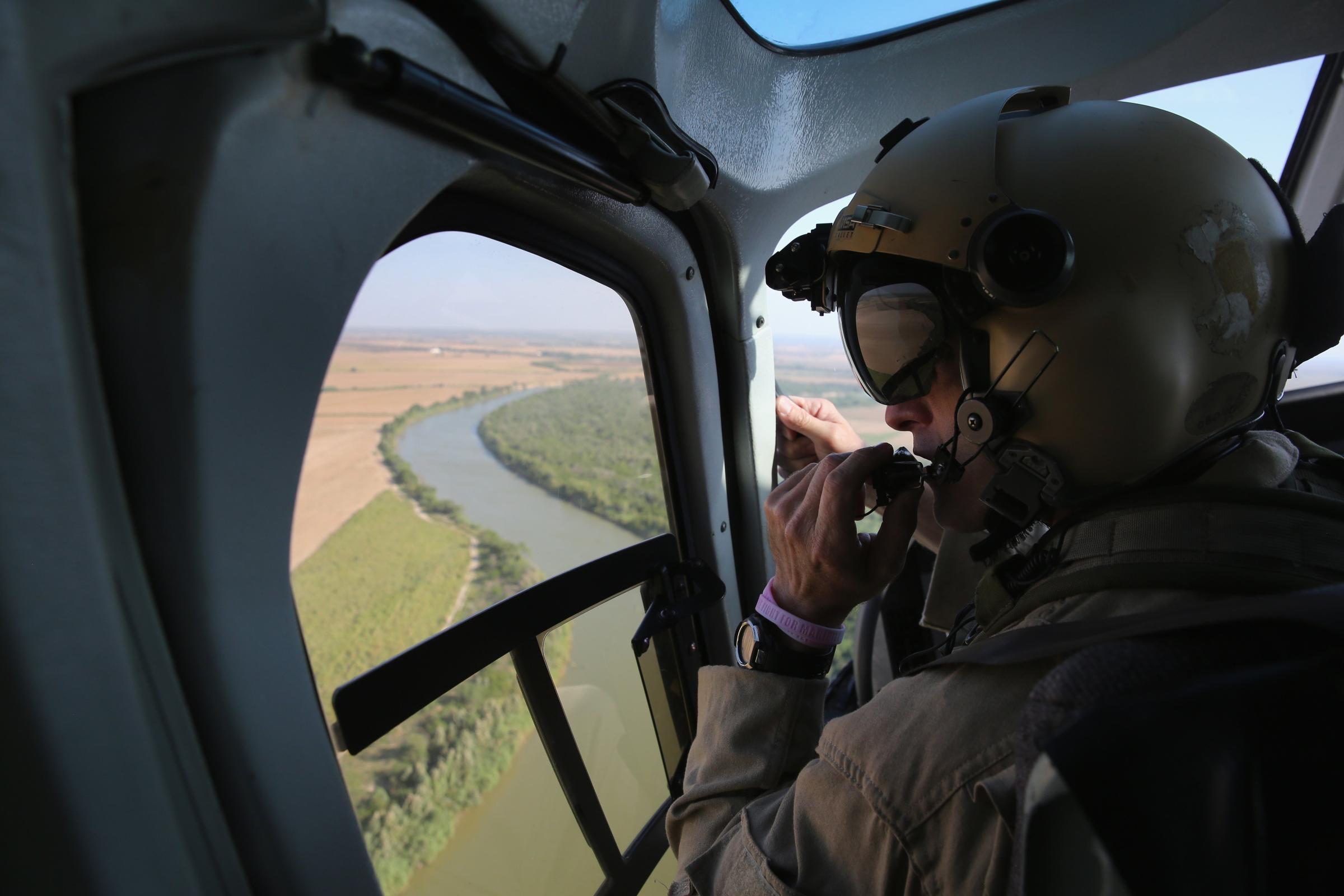
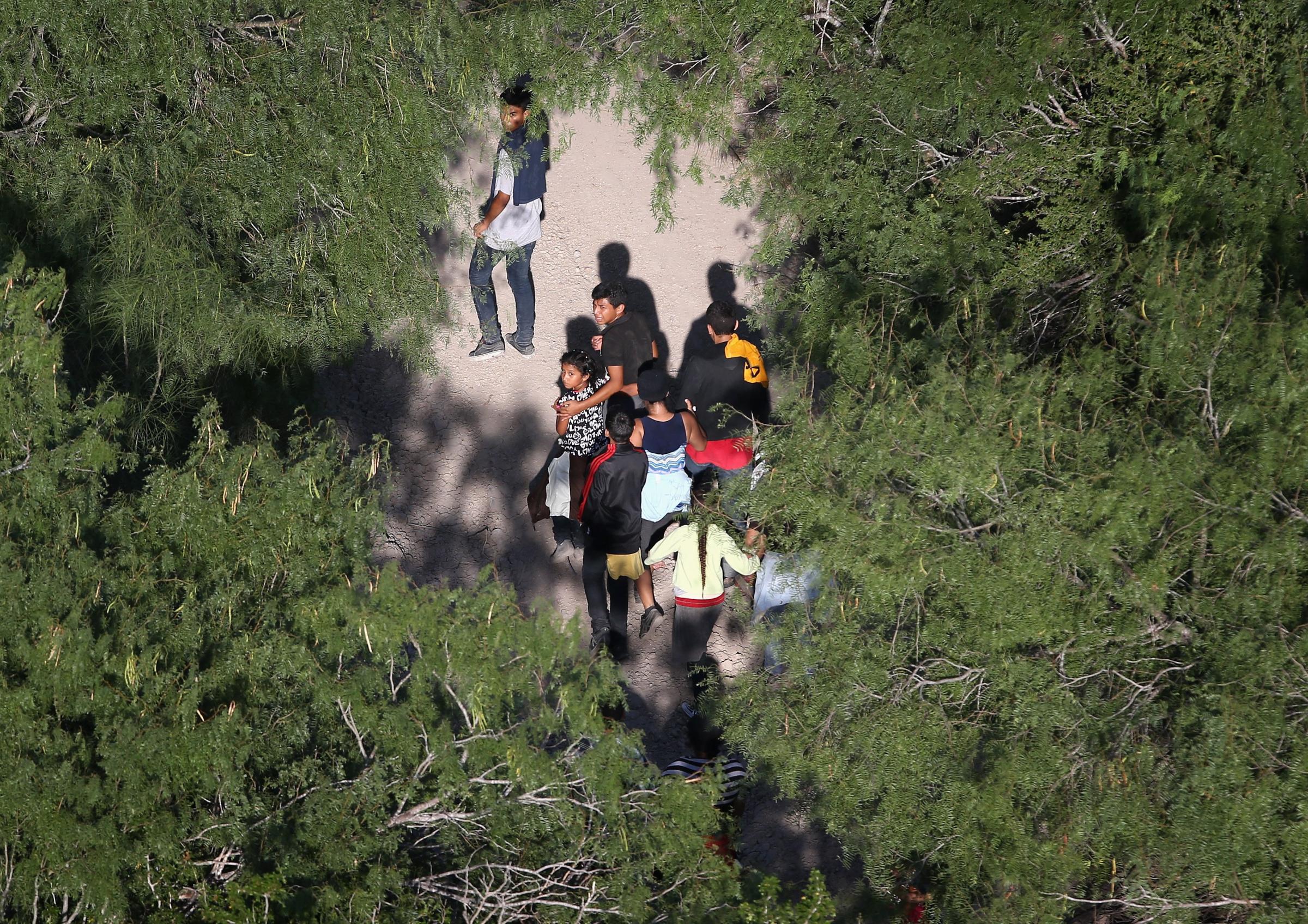
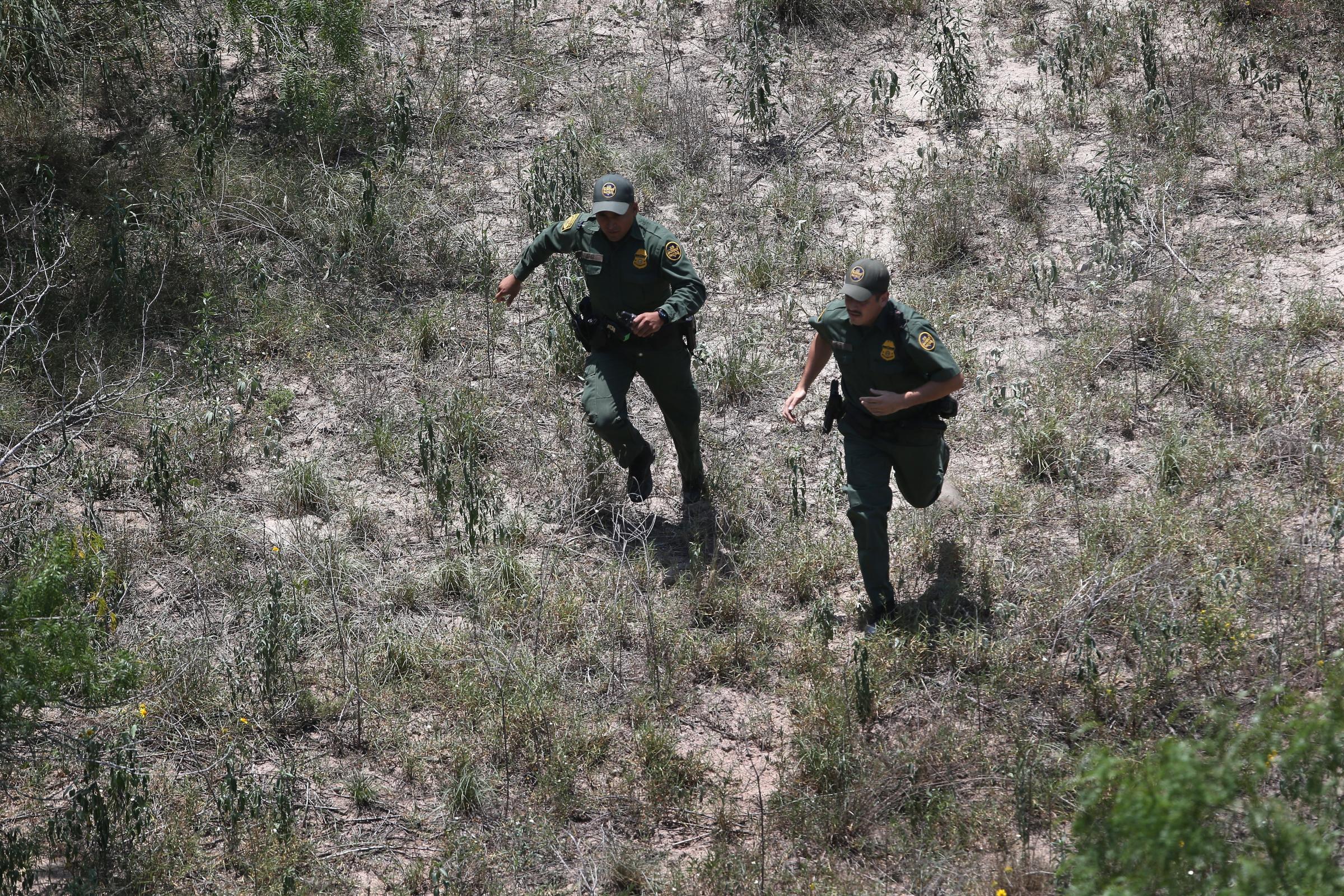

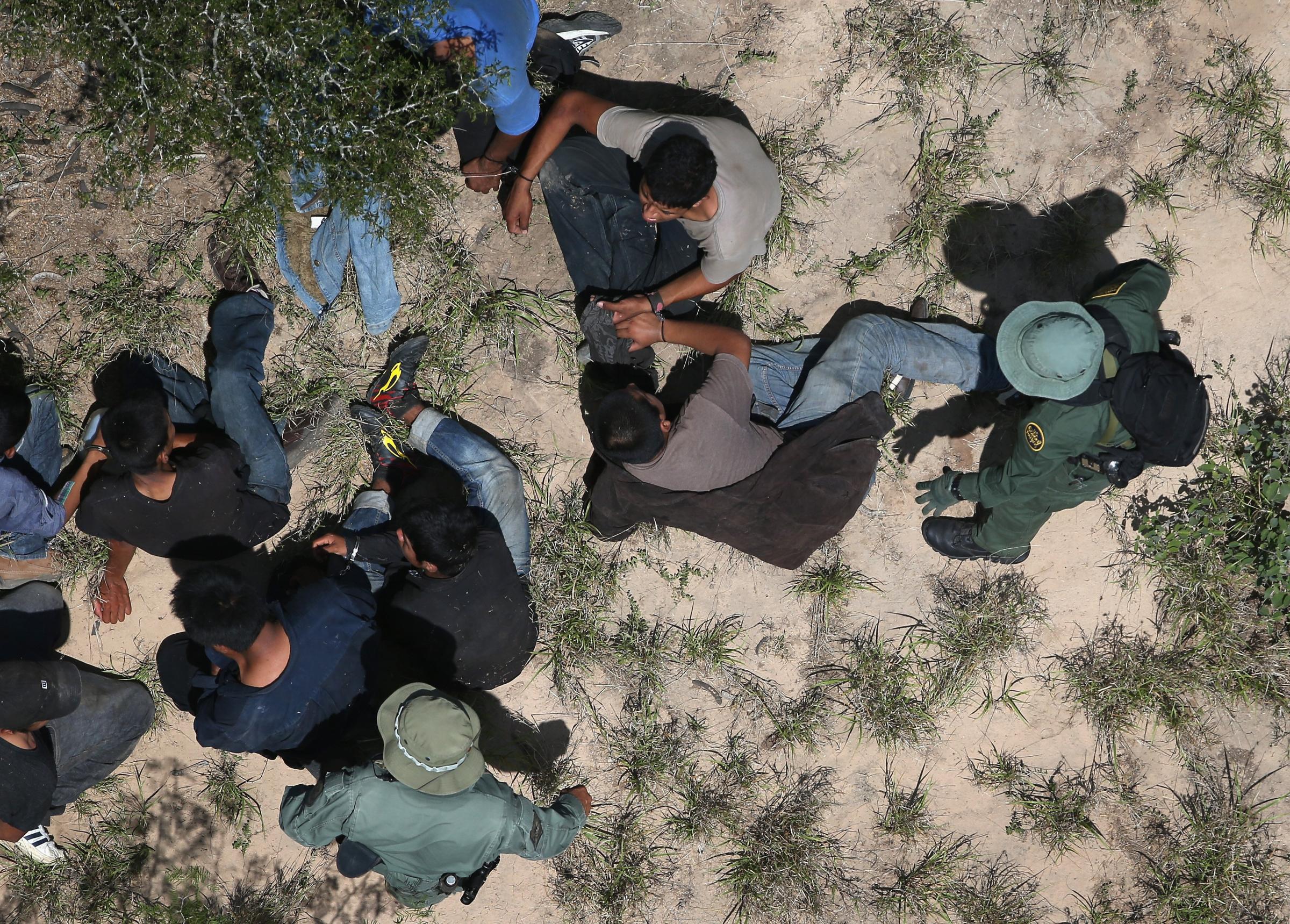
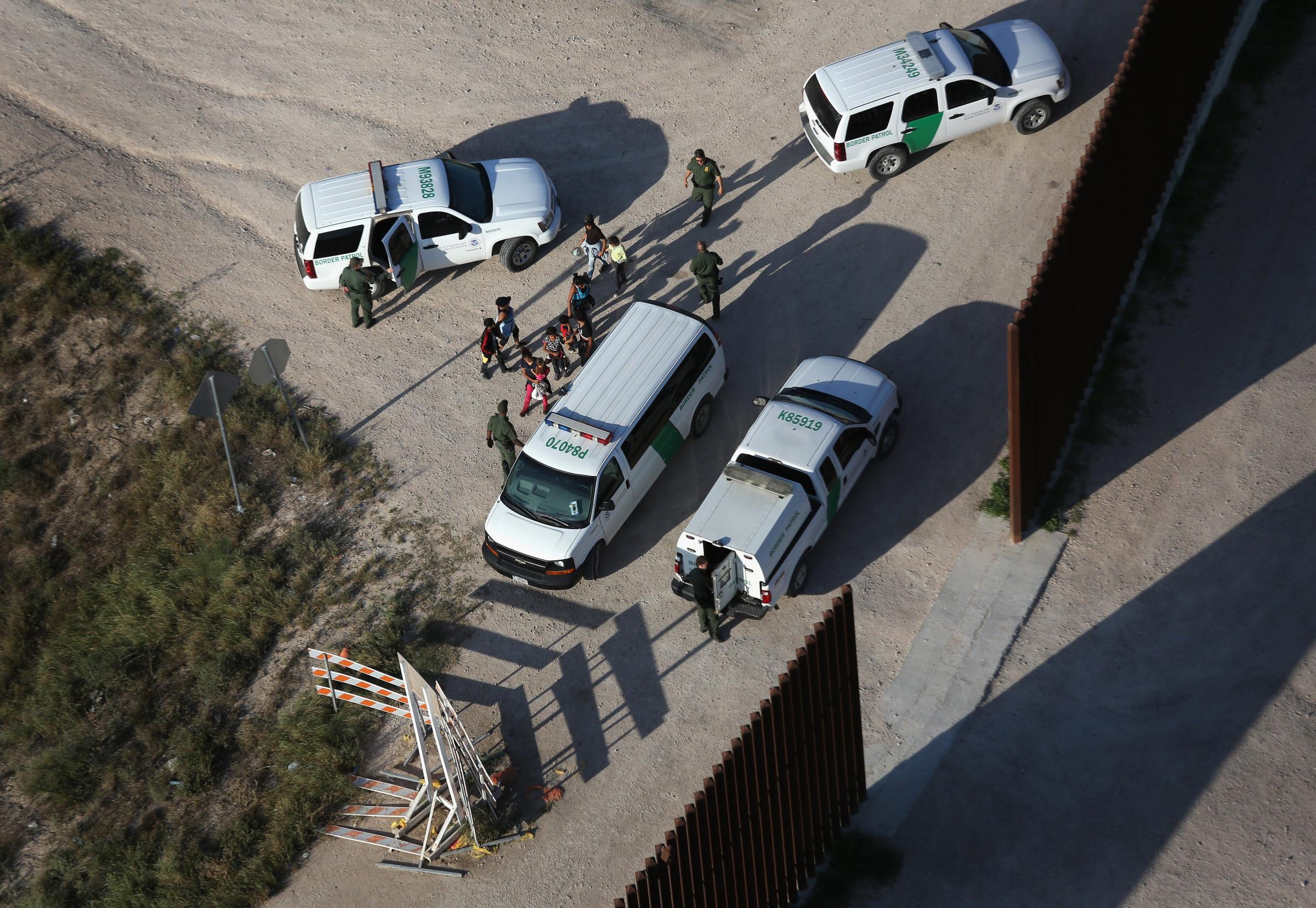
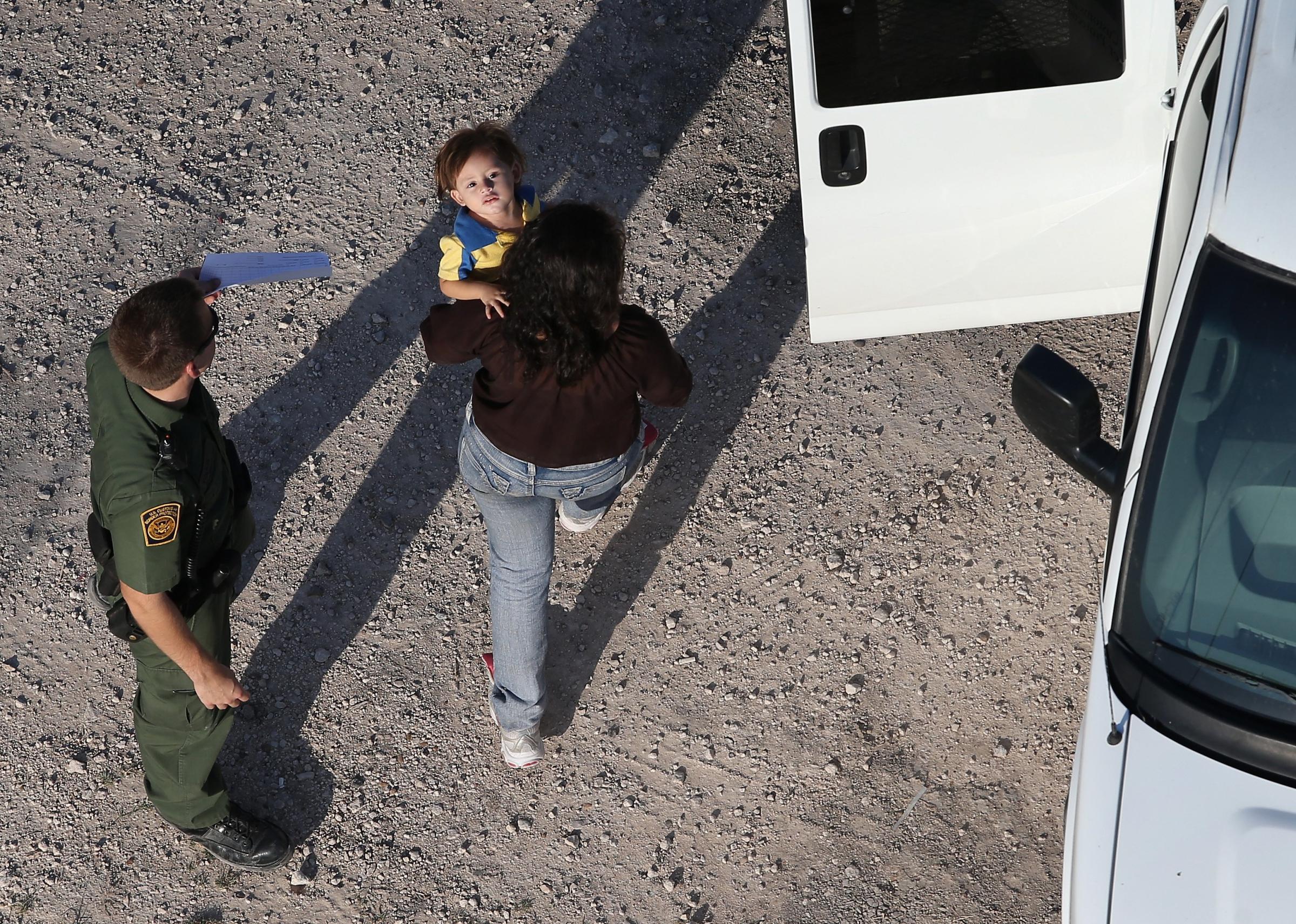
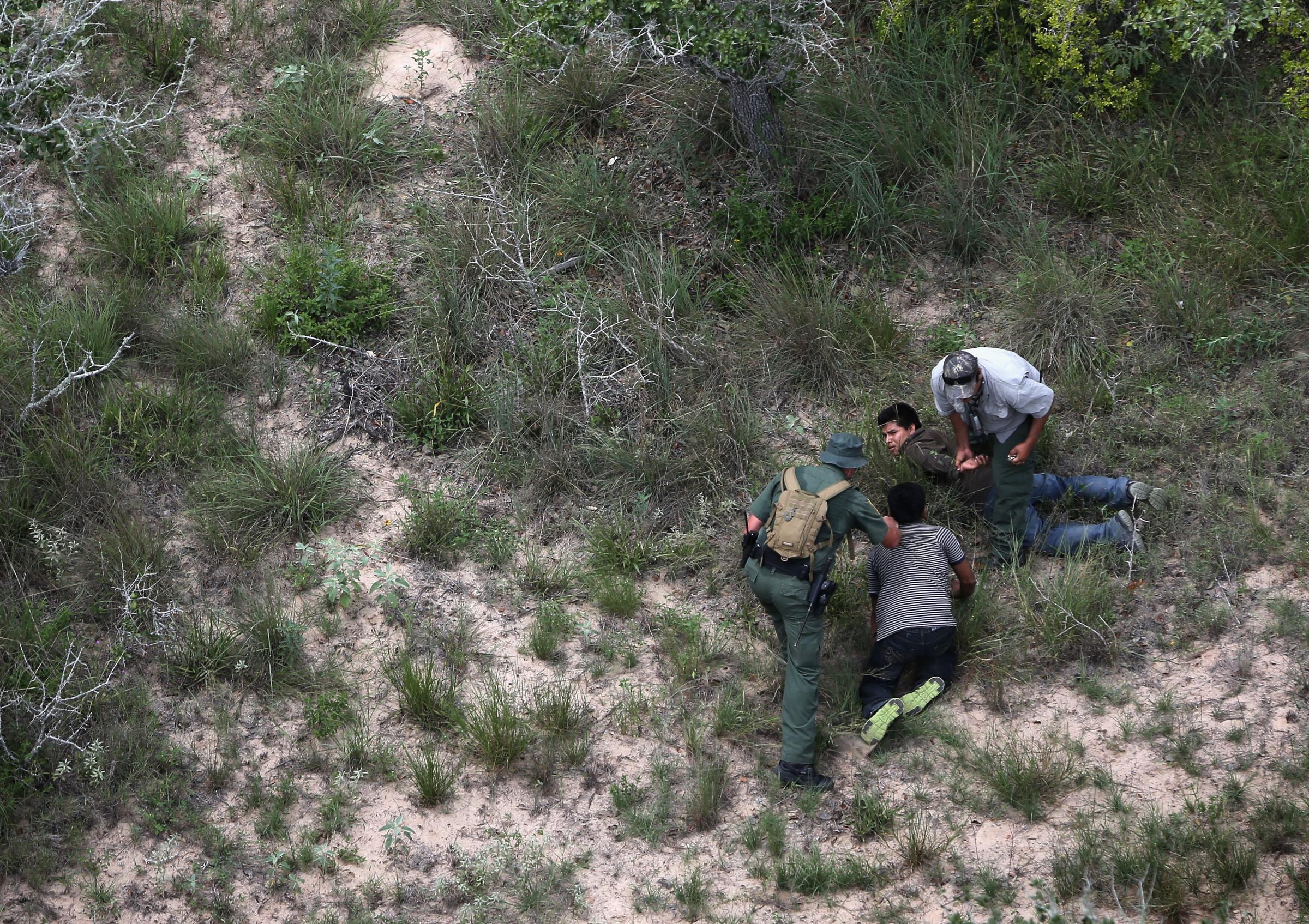


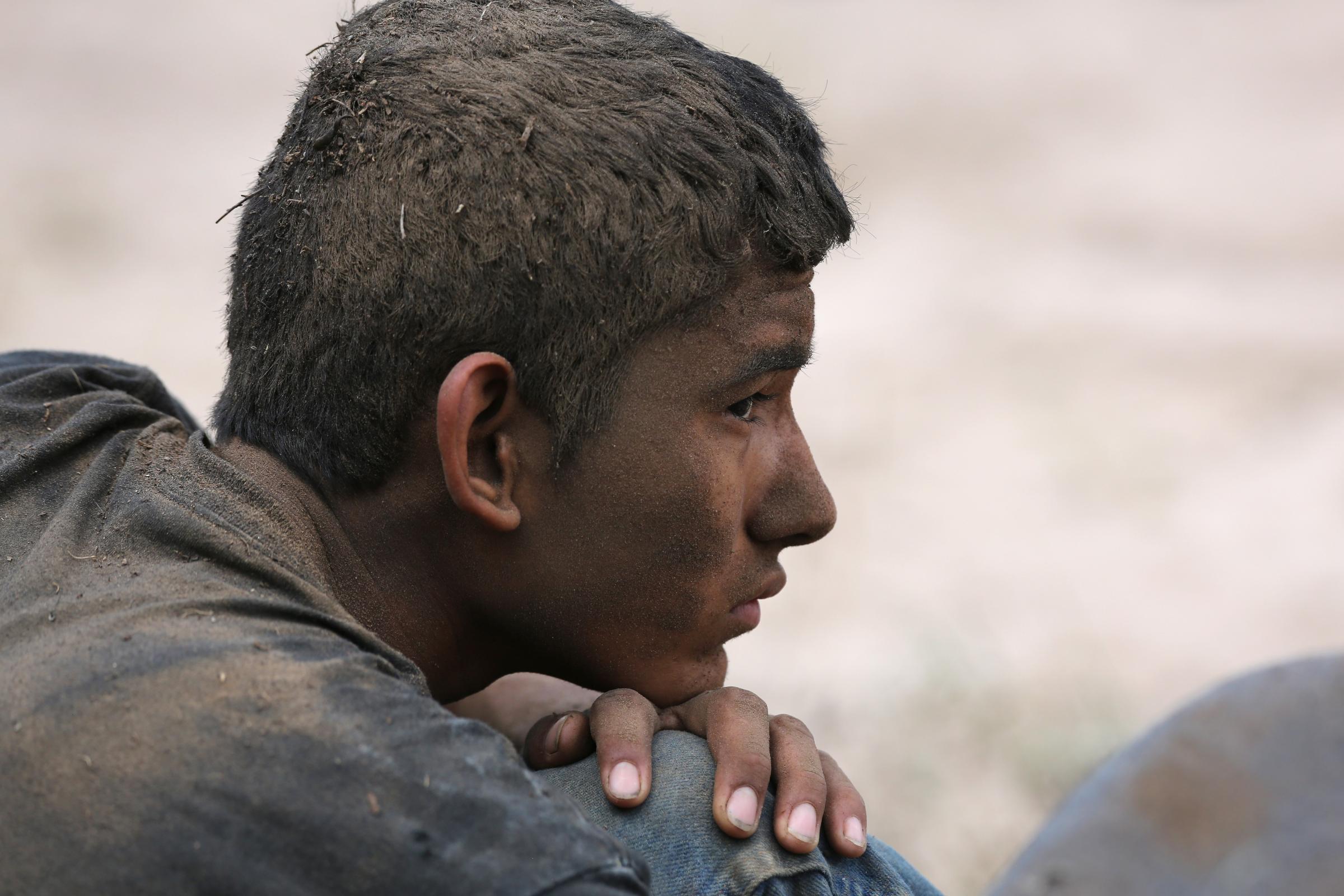


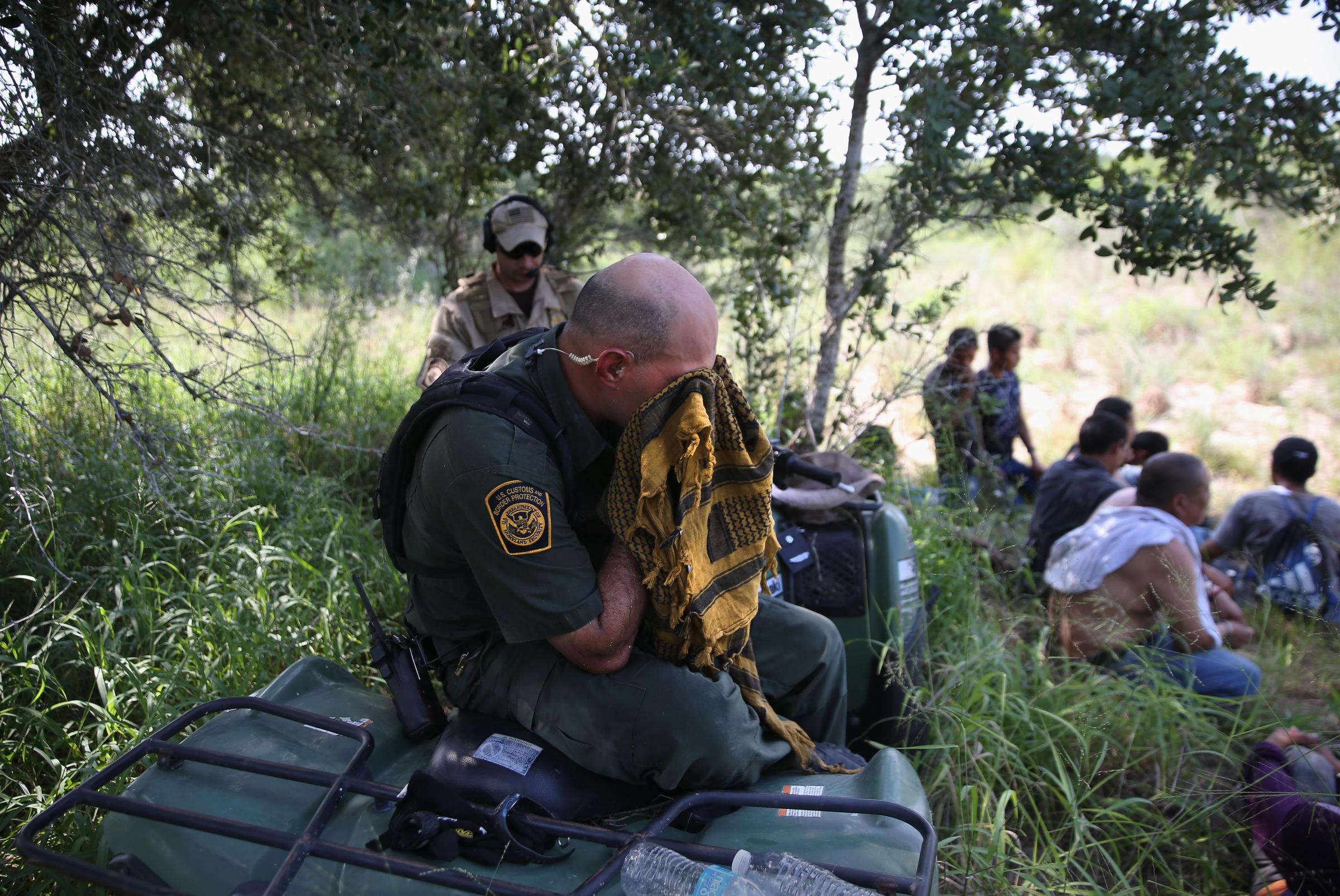
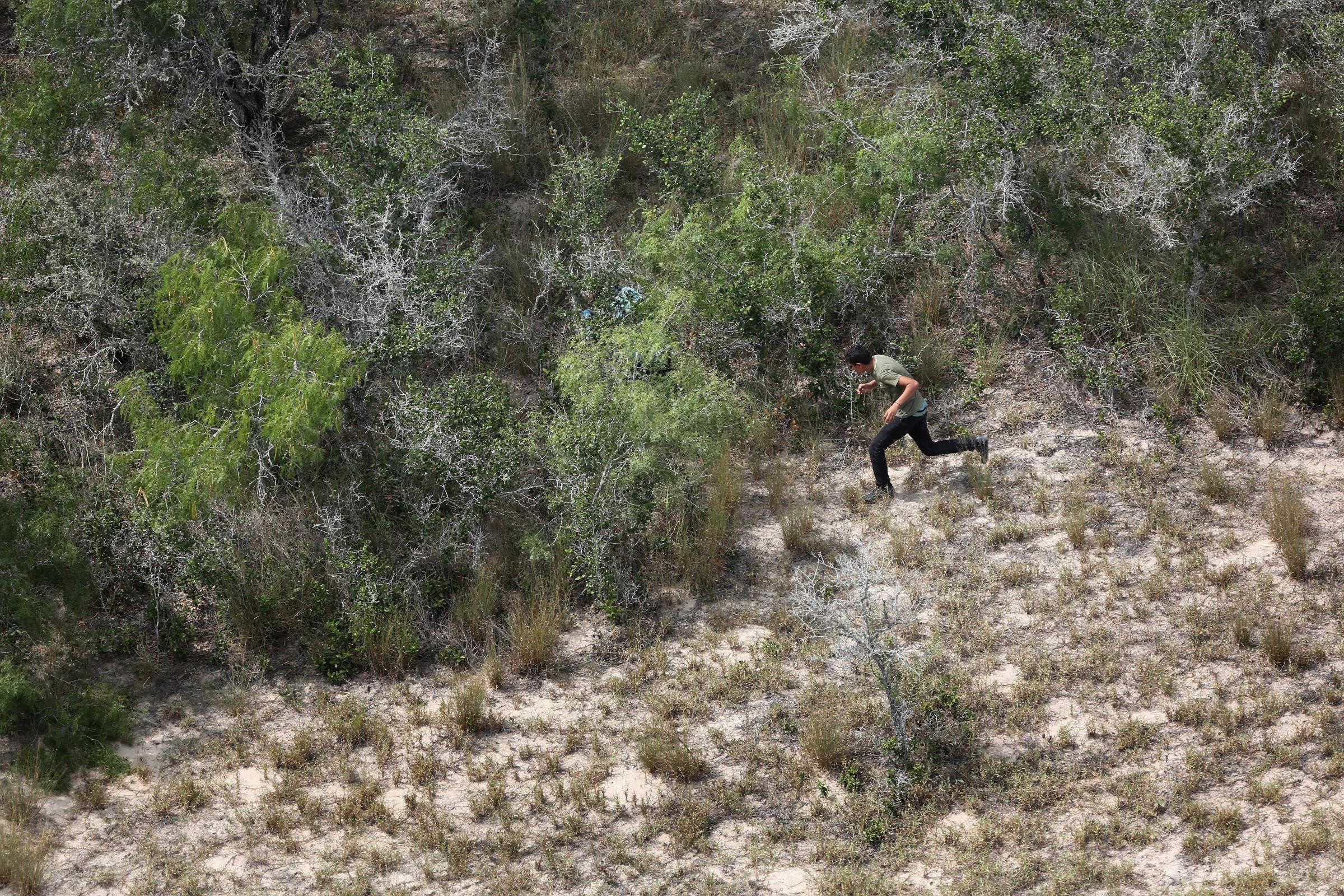
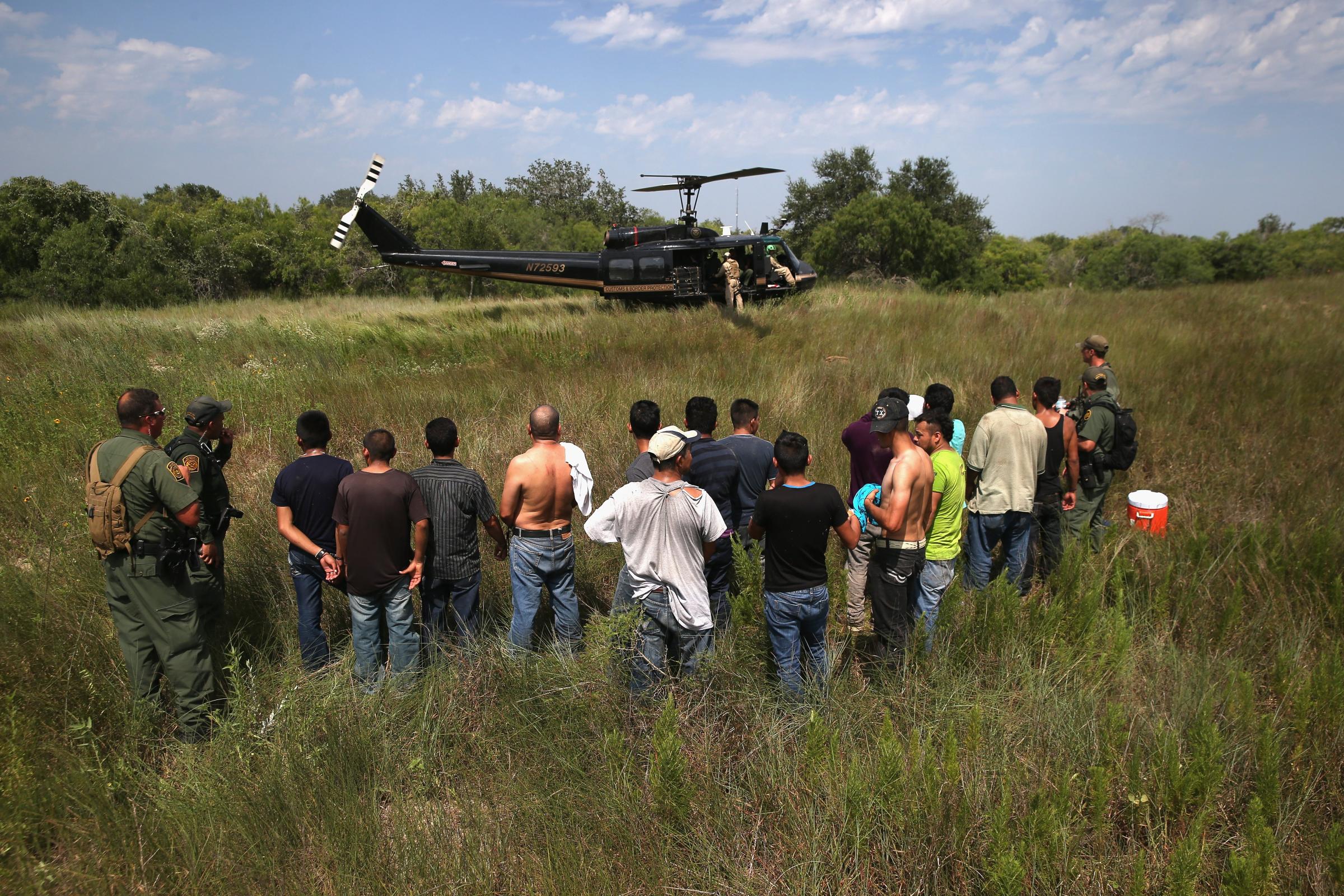
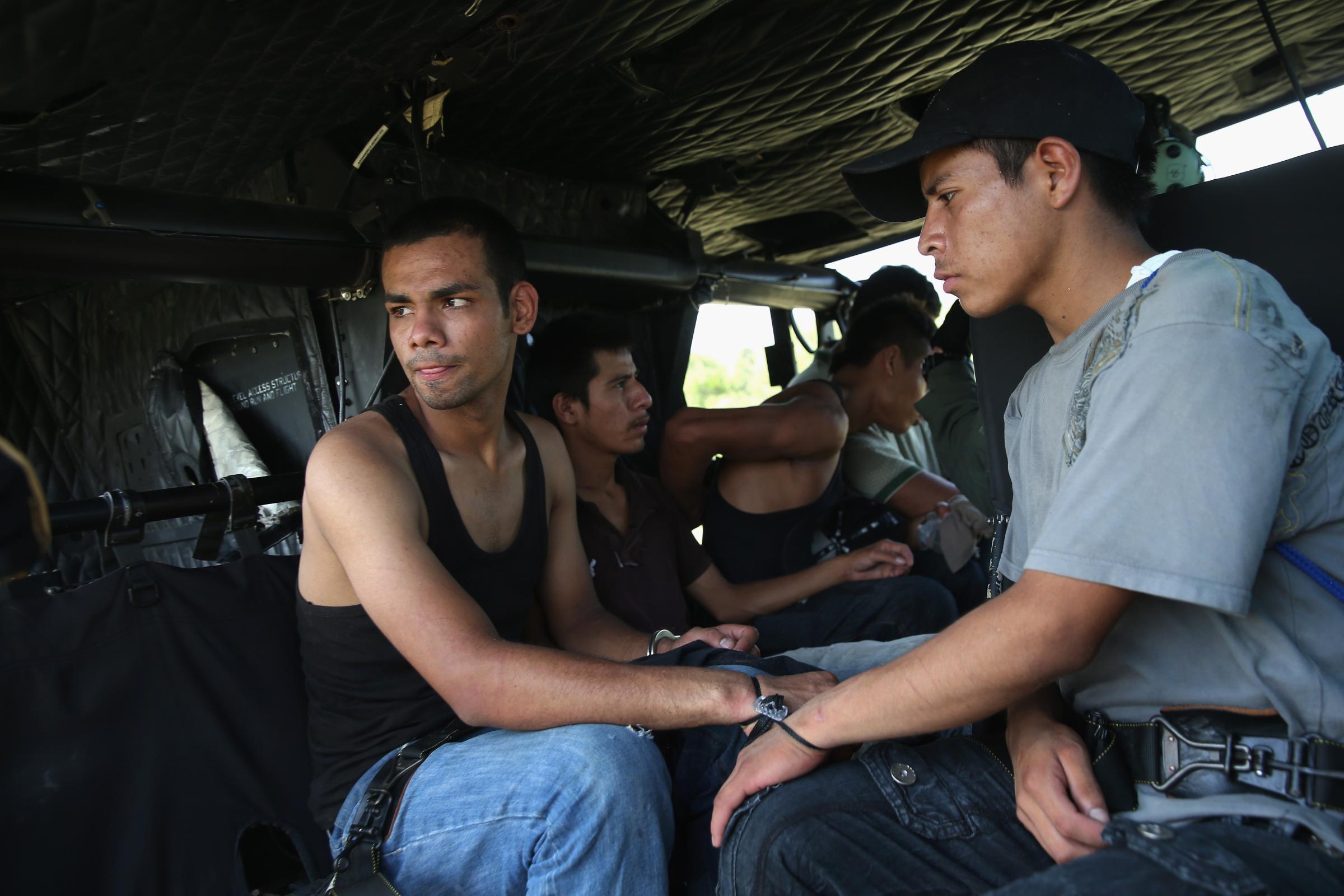
More Must-Reads From TIME
- The 100 Most Influential People of 2024
- Coco Gauff Is Playing for Herself Now
- Scenes From Pro-Palestinian Encampments Across U.S. Universities
- 6 Compliments That Land Every Time
- If You're Dating Right Now , You're Brave: Column
- The AI That Could Heal a Divided Internet
- Fallout Is a Brilliant Model for the Future of Video Game Adaptations
- Want Weekly Recs on What to Watch, Read, and More? Sign Up for Worth Your Time
Contact us at letters@time.com